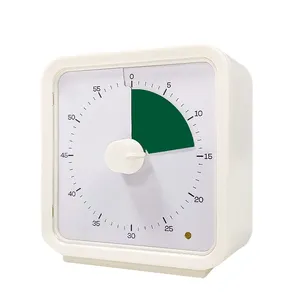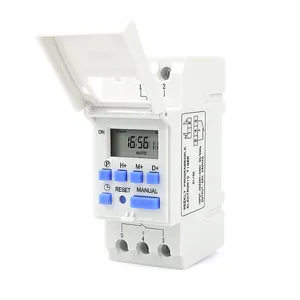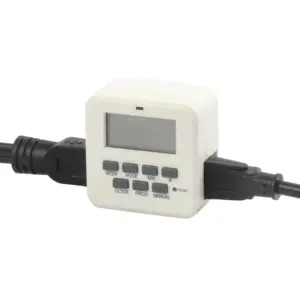Introduction to LED Gym Timers
In the realm of fitness and training, the LED gym timer stands as a pivotal tool for managing workout sessions. This category encompasses a variety of digital devices designed to assist athletes and fitness enthusiasts in tracking their exercise intervals with precision.
Types of LED Gym Timers
The market offers an array of timers, including the seesii gym timer and the btbsign led digital countdown wall clock timer stopwatch, each catering to different needs. Digital timers, with their clear displays and programmable features, are ideal for structured workouts, while analog options appeal to those preferring traditional countdown methods.
Features and Applications
A large digital wall clock for gym use is not just a timekeeper but a versatile tool that enhances workout efficiency. These timers often come with remote controls, like the gym clock with remote, allowing trainers to adjust settings from a distance. Their application spans from personal home gyms to professional sports facilities, aiding in time management for various exercises.
Materials and Durability
Durability is key in a gym environment, and the LED gym clock is built to withstand the rigors of such a setting. The materials used in these clocks are chosen for their robustness, ensuring longevity even in high-impact areas.
Advantages of Using an LED Gym Timer
The use of an LED gym timer in a fitness regimen can significantly enhance the training experience. These timers provide clear visibility and are an essential component in maintaining the structure of workout sessions. The jhering led timer is an example of a device that offers both functionality and aesthetic appeal to any gym setting.
Choosing the Right LED Gym Timer
Selecting the right timer, such as a large digital clock for gym environments, depends on individual needs and the specific applications it will serve. Factors to consider include size, visibility, programmability, and ease of use to ensure it aligns with the user's fitness goals.











































 浙公网安备 33010002000092号
浙公网安备 33010002000092号 浙B2-20120091-4
浙B2-20120091-4